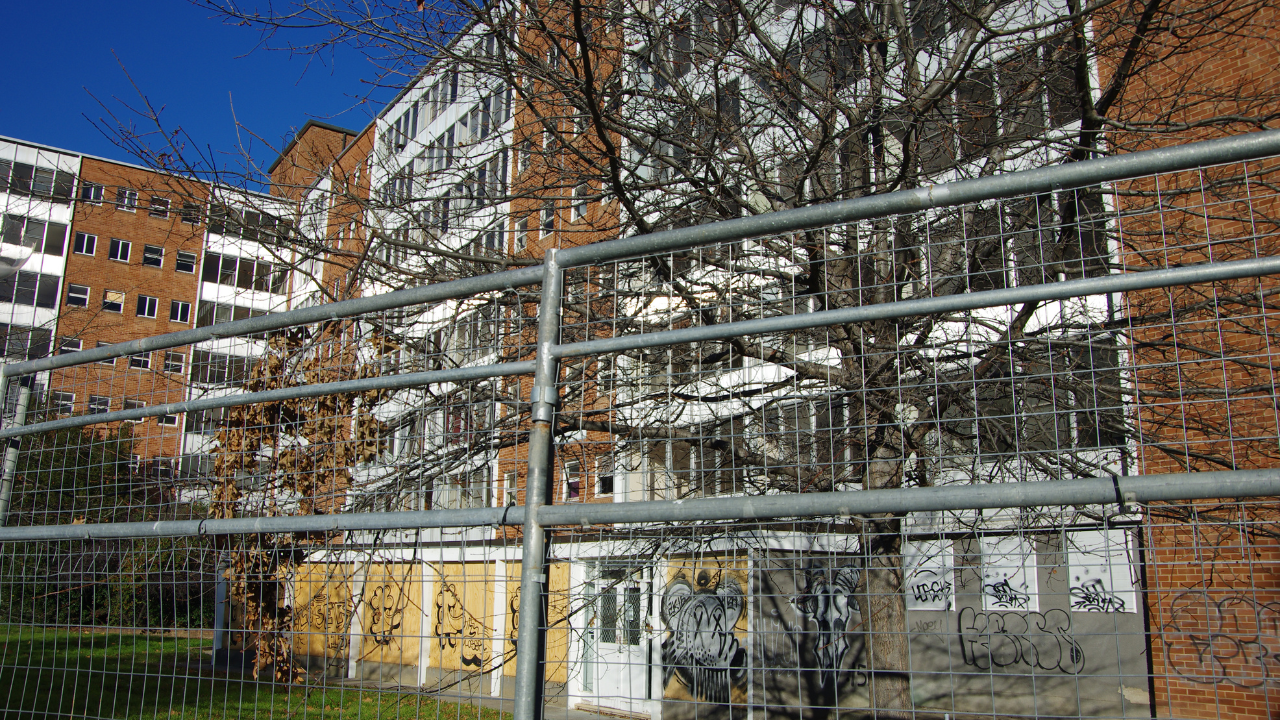
“We’re in public housing for a reason. I know how frightening and scary it is if you think you’re going to be thrown out on the street.”
And as each estate shuts, those still waiting to get in are relegated.
“You’ve got 200 tenants that are going to go on high priority so all the other people on the list drop down, so it’s this circle of disaster and horror.”
Chase-Sillars said she was told to select her preferences and enter a ballot for a new estate. Each tenant’s destination was chosen by the NSW Government. But the process was protracted over four years and she said communication to residents was practically non-existent.
“You couldn’t make plans for your family. And for elderly people, these poor seniors were suffering badly because they didn’t know what was going to happen to them. A lot of them were non-English speakers and it was really hard for them.”
Chase-Sillars went to community housing in nearby West Ryde which she’s happy with, but she said p
ublic and community housing are two very different beasts.
Rent for public housing tenants is generally a fixed 25 per cent of income, which they pay to the government, their landlord. Community housing is usually discounted rent from the normal price in the area. It can still be pretty expensive.
“[Community housing] started getting more government attention in the 1990s because they cost less than public housing,” Chief executive officer of the NSW Tenants’ Union
Leo Patterson Ross
told PEDESTRIAN.TV.
Rather than building expensive public housing estates like the Federal Governments between the 1940s to ’70s did, the Commonwealth put the money into rent assistance programs within the welfare system, which moved more responsibility onto residents. Community housing residents were made eligbile for rent assistance, but public houisng residents weren’t.
in 2018 and is one of countless residents of old estates that have been sold off, demolished or leased to private community housing providers in recent years.
Census data released last month showed the number of public housing residents in Australia fell dramatically since 2016. It might sound like a good thing, but in fact more people than ever are trying to get into public housing — there’s just less of it.
Chase-Sillars found out on the evening news her home was due to be demolished and everyone would be moved to alternative public or community housing.
She said the transfers were a “double whammy of distress” for vulnerable people.
“People were devastated and they still are.
Patterson Ross said the community housing model didn’t have the same safeguards as public housing and residents were at higher risk of eviction.
PEDESTRIANTV.
He said some of the pros community housing organisations boasted were their ability to access more private finance and manage properties better because they’re smaller and more localised than entire government departments. But every organisation varies in scale so the claim to being local and responsive is unlikely true for the companies that manage thousands of properties. The 2021 Census revealed every state and territory had fewer public households than it did in 2016 with NSW leading the decline. It lost 12,000 public housing residents, which was about half the national total in that time period. There was a net loss nationwide but the majority was offset by community housing. “This dilution of the government’s role in meeting this need is really concerning and what we’re seeing in practice is that it’s not having good outcomes for people, ” executive director of Better Renting Joel Dignam told . Dignam said weak tenancy laws in Australia have allowed landlords to jack up rents and price people out, which has seen more people put their names on public housing waiting lists. “They’ve created their own problem,” Dignam said. “Providing more non-profit models [would] provide secure, affordable homes for a lot more people in Australia, but also would compete with private landlords and force them to raise their standards.” Win-win. “I’d like for the NSW Government to reinstate public housing, work together with the community housing providers and build more places,” Chase-Sillars said. “It’s not rocket science, people need homes and we should come first.”1940s values I can get behind pic.twitter.com/MZJqXfDs2O
— no home left behind (@LeoPatRoss) June 29, 2022
The post ‘Double Whammy Of Distress’: Vulnerable Public Housing Residents Are Being Forcibly Moved Out appeared first on PEDESTRIAN.TV .







